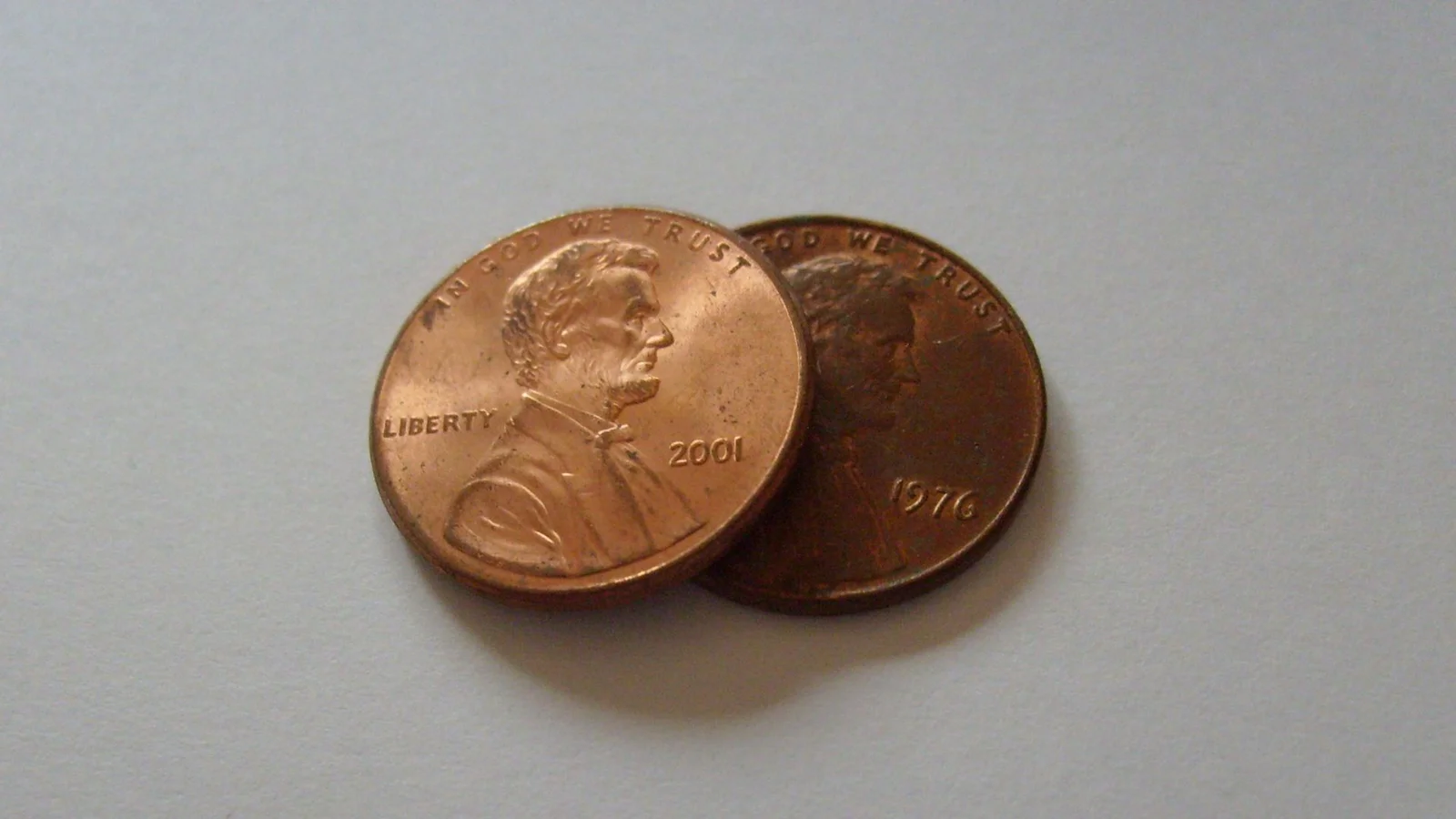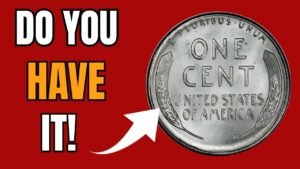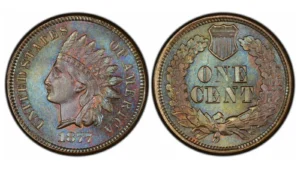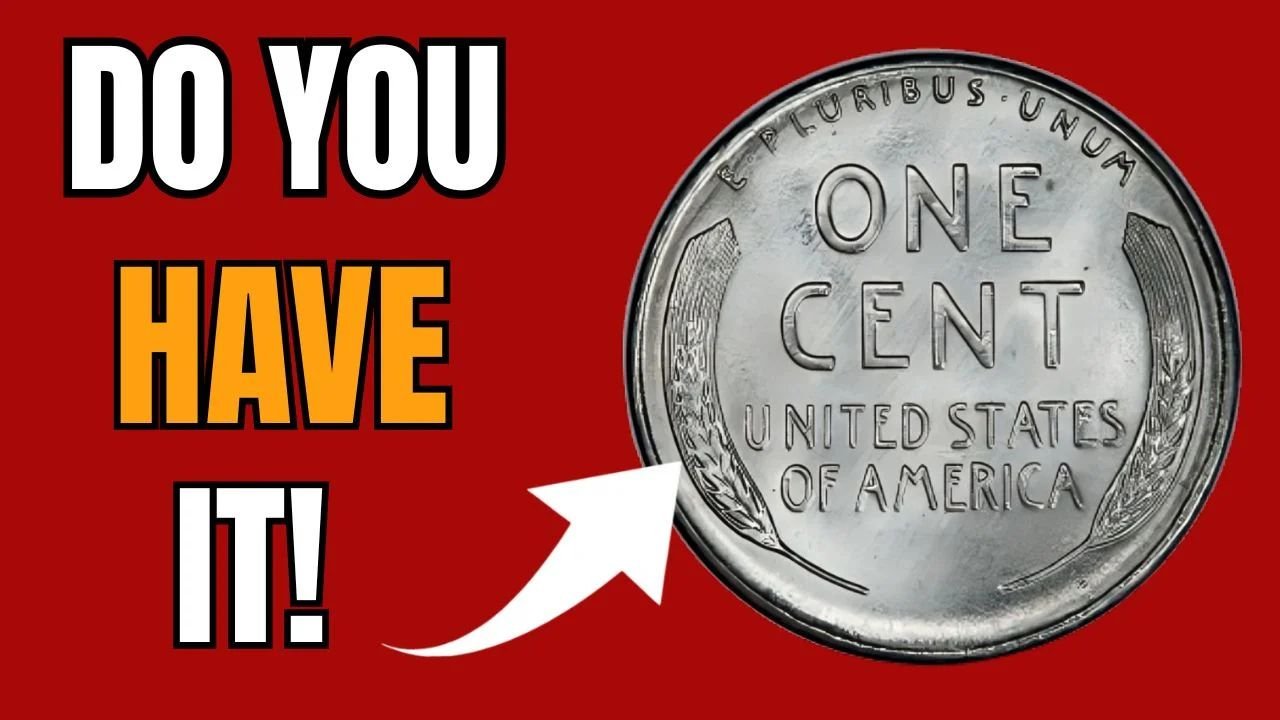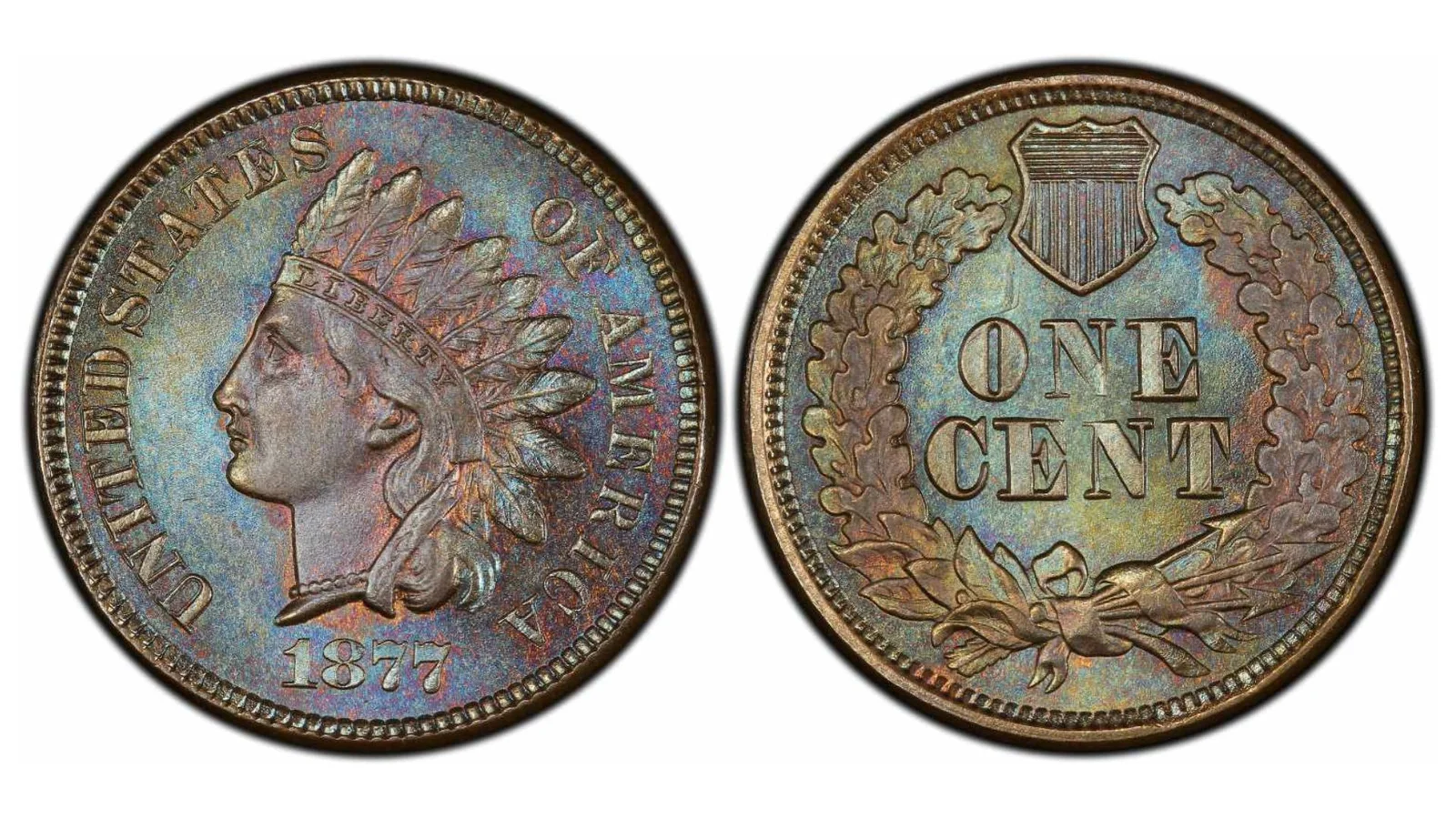Grading a Lincoln Wheat Penny is an exciting way to understand its value and condition. Whether you’re a new collector or just curious, this guide will walk you through the process in simple terms. We’ll explain how to evaluate your penny’s condition, what to look for, and how grading affects its worth. Let’s dive in!
What Is Coin Grading?
Coin grading is the process of checking a coin’s condition to determine its quality and value. For Lincoln Wheat Pennies, minted from 1909 to 1958, grading helps collectors know how well-preserved a coin is. The better the condition, the higher the value, especially for rare dates or varieties.
Why Grading Matters
Grading isn’t just about looks—it directly impacts a coin’s market value. A penny in excellent condition can be worth much more than one that’s worn or damaged. Knowing how to grade your penny helps you make smart decisions when buying, selling, or collecting.
Tools You’ll Need to Grade a Lincoln Wheat Penny
Before you start, gather these simple tools to make grading easier:
- Magnifying Glass or Loupe: A 5x–10x magnifier helps you see small details like scratches or wear.
- Good Lighting: Use a bright, soft light (like a desk lamp) to spot imperfections.
- Gloves or Tweezers: Handle coins by the edges or wear cotton gloves to avoid adding oils or dirt.
- Grading Guide: A reference like the American Numismatic Association (ANA) grading standards can help you compare conditions.
Understanding the Grading Scale
The Sheldon Scale, used by collectors, rates coins from 1 to 70. Here’s a simple breakdown of the main grades for Lincoln Wheat Pennies:
Poor (PO-1) to Fair (FR-2)
- Coins are heavily worn, with the date or design barely visible.
- Often damaged, scratched, or corroded.
- Example: A penny so worn you can hardly tell it’s a Lincoln Wheat Penny.
About Good (AG-3) to Good (G-4, G-6)
- Major details like Lincoln’s face or the wheat stalks are worn but still visible.
- The date and mint mark (if present) are readable but faint.
- Example: A penny with a clear but worn outline of Lincoln’s head.
Very Good (VG-8, VG-10)
- More details show, like Lincoln’s hair or the wheat stalks’ lines.
- Some wear is visible, but the coin still looks decent.
- Example: You can see Lincoln’s hair strands but they’re slightly worn.
Fine (F-12, F-15)
- Moderate wear, with clear details like Lincoln’s hair, ear, and wheat stalk lines.
- Minor scratches or marks may be present.
- Example: A penny with sharp details but some smoothing from use.
Very Fine (VF-20, VF-35)
- Light wear, with most details like Lincoln’s hair, cheek, and wheat grains clear.
- Minor marks don’t distract from the design.
- Example: A penny that looks gently used but still sharp.
Extremely Fine (EF-40, EF-45)
- Very little wear, with nearly all details crisp, like Lincoln’s hair curls and wheat grains.
- May have slight scratches visible under a magnifier.
- Example: A penny that looks almost new but has tiny signs of handling.
About Uncirculated (AU-50, AU-58)
- Barely circulated, with only slight wear on high points like Lincoln’s cheek or the wheat tips.
- Full luster (shine) is often present.
- Example: A penny that looks unused but has faint wear on close inspection.
Uncirculated (MS-60 to MS-70)
- No wear at all, as if fresh from the mint.
- MS-60 may have minor marks, while MS-70 is perfect with no flaws.
- Example: A shiny penny with every detail pristine, especially valuable for rare dates.
Steps to Grade Your Lincoln Wheat Penny
Follow these easy steps to evaluate your penny’s condition:
Step 1: Check the Date and Mint Mark
- Look at the year on the front (obverse) of the coin. Is it clear? Rare dates like 1909-S VDB or 1914-D are valuable even in lower grades.
- Check for a mint mark (a small letter like “S” for San Francisco or “D” for Denver) below the date. No mint mark means it was made in Philadelphia.
Step 2: Examine the Coin’s Surface
- Use your magnifying glass and good lighting to look for scratches, stains, or corrosion.
- Check for “luster,” the original mint shine. Uncirculated coins have a bright, reflective surface, while circulated ones look duller.
Step 3: Study the Design Details
- Obverse (Front): Focus on Lincoln’s portrait. Are his hair, ear, and facial features sharp? High points like his cheek and jaw show wear first.
- Reverse (Back): Look at the wheat stalks. Are the lines and grains clear? Worn pennies lose these details.
- Compare your coin to pictures in a grading guide to match its condition.
Step 4: Note Any Special Features
- Look for errors, like the 1955 Double Die (where letters or numbers appear doubled).
- Check the coin’s color: Red (bright, original), Red-Brown (partly faded), or Brown (fully toned) affects value, especially for uncirculated coins.
Step 5: Assign a Grade
- Use the Sheldon Scale descriptions above to pick a grade that matches your coin’s condition.
- If you’re unsure, compare your penny to graded examples online or in a guidebook.
Tips for Accurate Grading
- Practice with Common Coins: Start with less valuable pennies to get comfortable grading.
- Get a Second Opinion: If you’re new, ask an experienced collector or use a professional grading service like PCGS or NGC for valuable coins.
- Avoid Cleaning: Never clean your penny—it can damage the surface and lower its value.
- Store Properly: Keep coins in protective holders to prevent further wear.
Factors That Affect a Penny’s Value
Besides condition, these things influence a Lincoln Wheat Penny’s worth:
- Rarity: Dates like 1909-S VDB or 1922 No D are harder to find and more valuable.
- Demand: Popular coins among collectors fetch higher prices.
- Market Trends: Coin values change based on collector interest and economic factors.
Conclusion
Grading a Lincoln Wheat Penny is a fun and rewarding skill for any coin enthusiast. By using simple tools like a magnifying glass and following the Sheldon Scale, you can assess your penny’s condition and estimate its value. Start with common pennies to practice, and don’t hesitate to consult experts or grading services for rare or valuable coins. Happy collecting!


